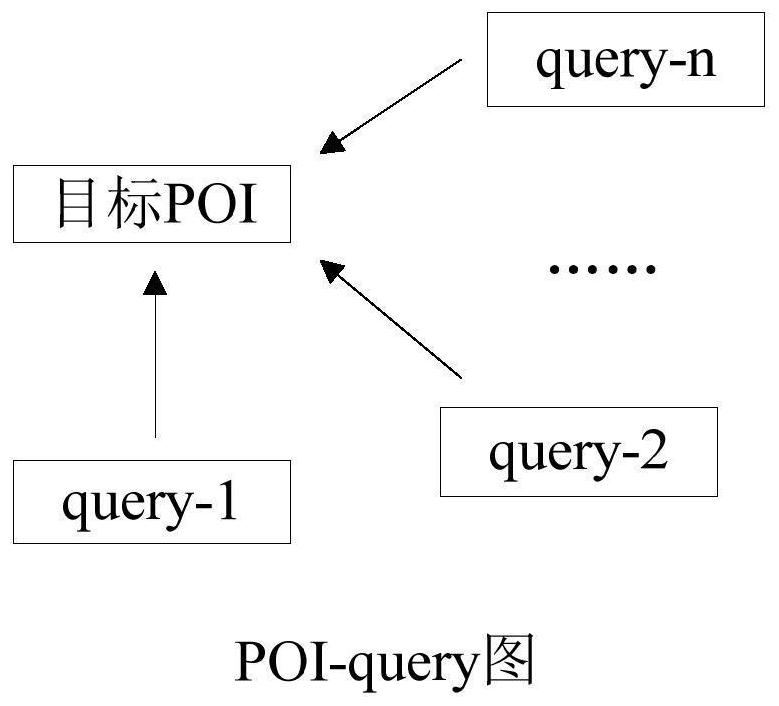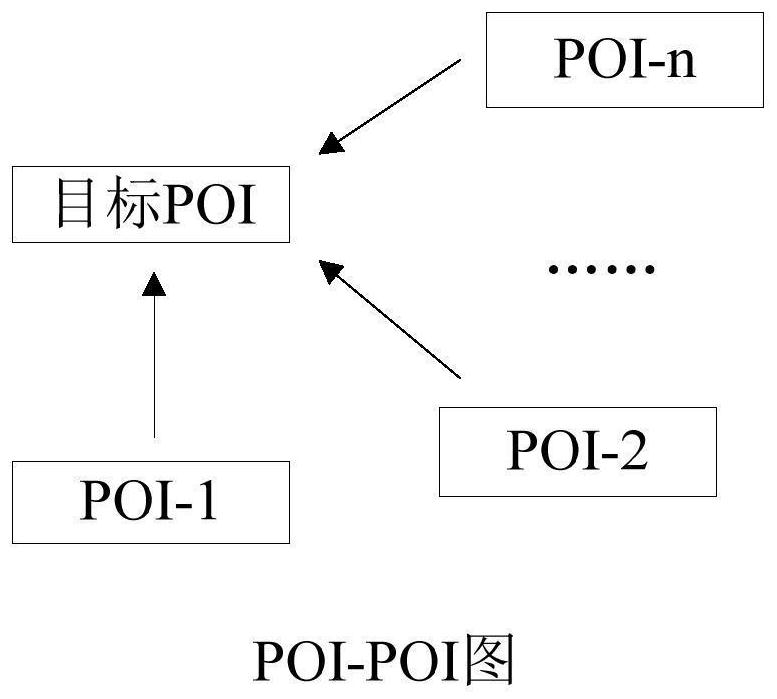Map retrieval method and point-of-information POI semantic vector calculation method and device
A technology for retrieving information and information points, applied in geographic information databases, calculations, semantic analysis, etc., can solve problems such as poor recall effect, achieve the effect of improving accuracy and confidence, rich expression, and improving basic recall rate
- Summary
- Abstract
- Description
- Claims
- Application Information
AI Technical Summary
Problems solved by technology
Method used
Image
Examples
no. 1 example
[0036] Such as figure 1 As shown, the application provides a map retrieval method, comprising the following steps:
[0037] Step 101: Calculate the semantic vector of the map retrieval information.
[0038] The above map retrieval information may be understood as map retrieval information input by the user, and the English expression of the map retrieval information may be "query".
[0039] In this step, the semantic vector of the map retrieval information can be calculated through the pre-trained semantic model. Specifically, after receiving the map retrieval information input by the user, the map retrieval information is input into the pre-trained semantic model for calculation. Get the semantic vector of the map retrieval information. The semantic vector of the map retrieval information may be, for example but not limited to, an Embedding (distributed embedding) representation.
[0040] In this application, the existing semantic model can be used to calculate the semanti...
no. 2 example
[0098] Such as Figure 7 As shown, the present application provides a calculation method of a POI semantic vector, comprising the following steps:
[0099] Step 201: Obtain the graph semantic feature of the target POI, wherein the graph semantic feature of the target POI aggregates the semantic features between the target POI and N neighbor nodes, where N is an integer greater than 1;
[0100] Step 202: Calculate the semantic vector of the target POI according to the graph semantic features of the target POI.
[0101] Optionally, the acquiring the graph semantic features of the target POI includes:
[0102] Obtain N neighbor nodes of the target POI;
[0103] Respectively obtain the semantic association between the target POI and each neighbor node to obtain N semantic features;
[0104] The N semantic features are aggregated to obtain the graph semantic features of the target POI.
[0105] Optionally, the N neighbor nodes retrieve information for N maps, and the N map retr...
no. 3 example
[0121] Such as Figure 8 As shown, the present application provides a map retrieval device 300, including:
[0122] The first calculation module 301 is used to calculate the semantic vector of the map retrieval information;
[0123] The search module 302 is configured to search for the semantic vector of the target POI that matches the semantic vector of the map retrieval information according to the pre-created information point POI semantic vector index library; wherein, the semantic vector of the target POI is based on the target POI The graph semantic feature of the POI is calculated, and the graph semantic feature of the target POI aggregates semantic features between the target POI and N neighbor nodes, where N is an integer greater than 1.
[0124] Optionally, the map retrieval device 300 also includes:
[0125] A first acquiring module, configured to acquire N neighbor nodes of the target POI;
[0126] The second obtaining module is used to separately obtain the sem...
PUM
 Login to View More
Login to View More Abstract
Description
Claims
Application Information
 Login to View More
Login to View More - R&D
- Intellectual Property
- Life Sciences
- Materials
- Tech Scout
- Unparalleled Data Quality
- Higher Quality Content
- 60% Fewer Hallucinations
Browse by: Latest US Patents, China's latest patents, Technical Efficacy Thesaurus, Application Domain, Technology Topic, Popular Technical Reports.
© 2025 PatSnap. All rights reserved.Legal|Privacy policy|Modern Slavery Act Transparency Statement|Sitemap|About US| Contact US: help@patsnap.com



